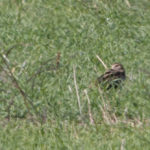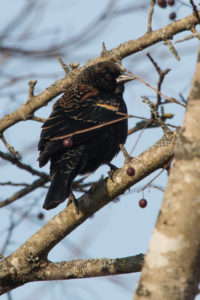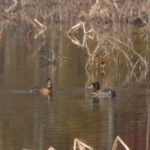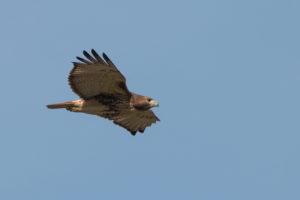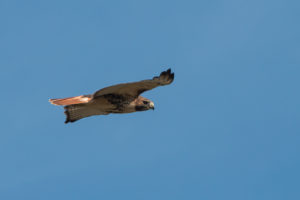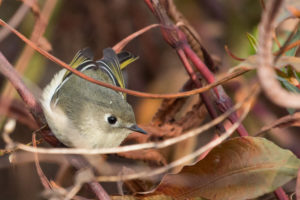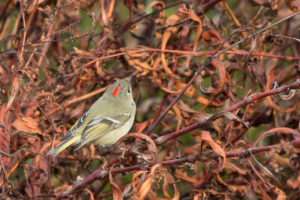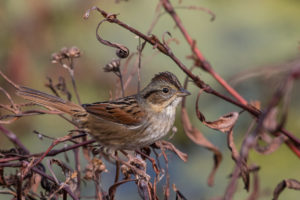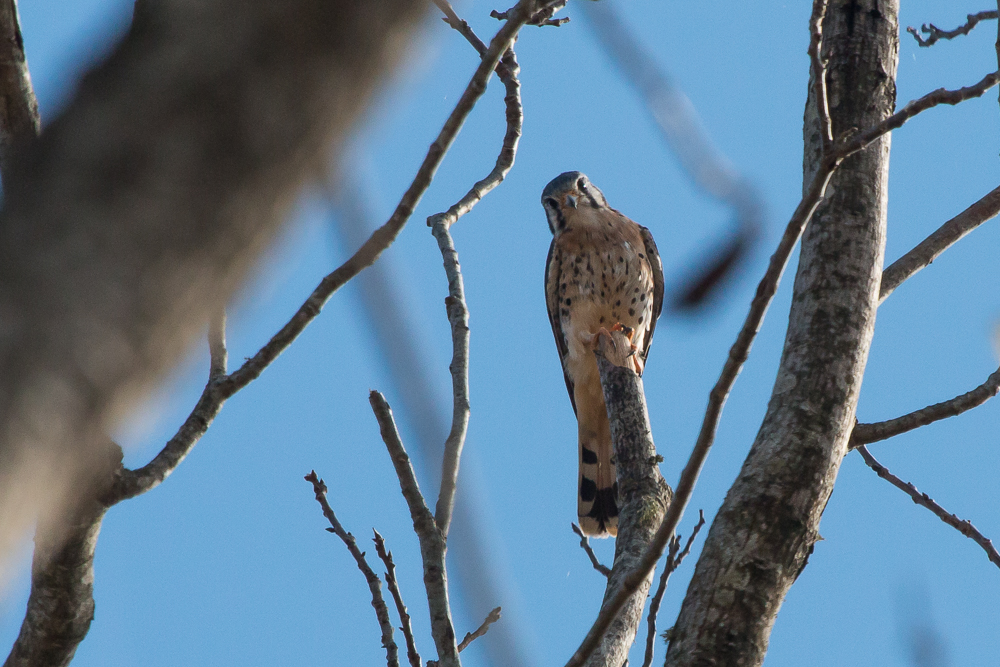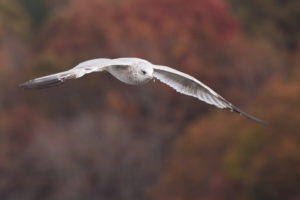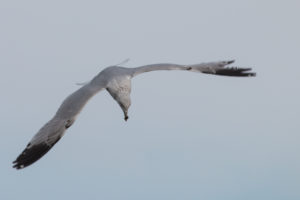*Clicking on any photo in the post will enlarge them.
Things are starting to slow down on the birding front, days are getting shorter and colder, migration is over and the ducks haven’t quite made a strong showing yet.
Probably making our last visit to Pee Dee NWR until the spring I was able to add a new species to my list! Unfortunately the only photo I could muster of the lonely Wilson’s Snipe before it disappeared is extremely fuzzy.
Today was a cold, partly cloudy day reaching a high of 56 degrees. While I normally start my day run at Pee Dee with the Wildlife Drive, today we decided to visit the Griffin Lowgrounds first. This area closes to all entry on Nov. 25th. Red-wing Blackbirds made quite the first impression with hundreds of birds spread across several large flocks crossing the cropfields making quite the raucous.
With the croplands flooded, we were hoping for views of ducks. In the best of lighting, we managed to find a few Ruddy Ducks and a pair of Lesser Scaup. After viewing the newly formed wetlands we turned around for the Gaddy Bridge area. At the Beaver Pond Rd. canoe/fishing access area we found a few Song and Marsh Sparrows.
Never having much luck with the Ross Pond area I decided to give it a another shot. Finding the Snipe and a few American Pipits was immediately worth the detour! While viewing the Pipits, a Red-tailed Hawk was calling, quite loudly. It emerged from the wooded area to the west and flew directly above the car calling the entire time. After disappearing into the woods we could still hear it calling for a few minutes.
Ross Pond itself was a bust, but the reeds and low water level provided an excellent opportunity to view small birds that I find so hard to photograph. Getting spectacular photos of a Ruby-crowned Kinglet was a particular highlight of the day. (*Note to those who visit this area, a new ditch exists before the turnaround at the far end of Ross Pond. The depth of the ditch would be impossible for a low-clearance vehicle to clear. Park at the sign for Ross Pond and walk.)
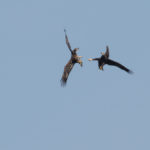
Bald Eagle
Pee Dee NWR
Nov. 2016
These two made several passes and chased each other along the tree line above the river.
After backtracking through the fields in hopes of re-finding the Snipe we headed to Arrowhead Lake via Clark Road. A pair of coots and a lone Pied-Billed Grebe were on the lake. We decided to head back the bottomlands one more time. At close to noon, the lighting on the southeast side was more favorable to view more water areas. No additional ducks were seen but we struck gold for raptors and falcons: three juvenile Bald Eagles, two Red-tailed Hawks, one American Kestrel, and one unidentified Accipitor (either Sharp-shinned or Coopers, very small). The American Kestrel was a nice treat, as it is my favorite bird.
The final stop at the refuge was the Wildlife Drive. In the past few months there is more evidence of landscape management with mowing, debris and tree removal in this area than I have seen in the past two years. The marsh area has greatly changed and so have the places I normally consider birdy areas along the drive. Another kinglet and Red-headed Woodpeckers were the only sights of consequence.
Along our route home we also stopped at two new places to me. Badin Lake was host to a large amount of Ring-billed Gulls. Their lack of fear towards us provided some practice with flight photos. The last place was a stop at Flat Creek Boating Access off of River Road in Rowan County. On the river we viewed more gulls, some cormorants, grebes and two Killdeer along a shoal in the middle of the river.

